The best fitness trackers are good tools for getting more active, getting more sleep and getting more insight on your overall health. They can help you track your progress and offer guidance on how hard you should be pushing yourself, too.
As exercise-oriented wearables, fitness trackers can measure your heart rate, read your blood oxygen levels, accompany you swimming and tell you if you’re well-rested. When you’re not working out, some can be used to pay for groceries, play music, answer texts and much more.
With so many devices, choosing the best fitness tracker or fitness watch for your needs can be tricky. We put dozens to the test, spending hours on the treadmill, running, biking, swimming — even sleeping — to see which excel, and which couldn’t make it past the starting block.
See all of the best fitness trackers and fitness watches below.
What are the best fitness trackers?
We think the best fitness tracker for most people is the Fitbit Charge 4. For $149, it’s not all that expensive, and features a built-in GPS and extensive health tracking. The Fitbit Charge 4 also sports improved sleep tracking, wireless payment support and on-device Spotify controls. Plus it’s swim-proof, and has a bright touchscreen display that responds instantly to swipes and taps.
Looking for something with more features? The Fitbit Sense is one best fitness trackers that’s also one of the best smartwatches. It offers advanced health analysis, a dedicated app store and the Alexa voice assistant on-board. Long story short, it has more features than the Charge line, so it’s more comparable to the Apple Watch. We think it’s a better overall wellness tool than the Apple Watch, though.
Check out our guide to the best Fitbit, best Apple Watch and best Garmin watch for more brand-specific buying advice.
The best fitness trackers you can buy today
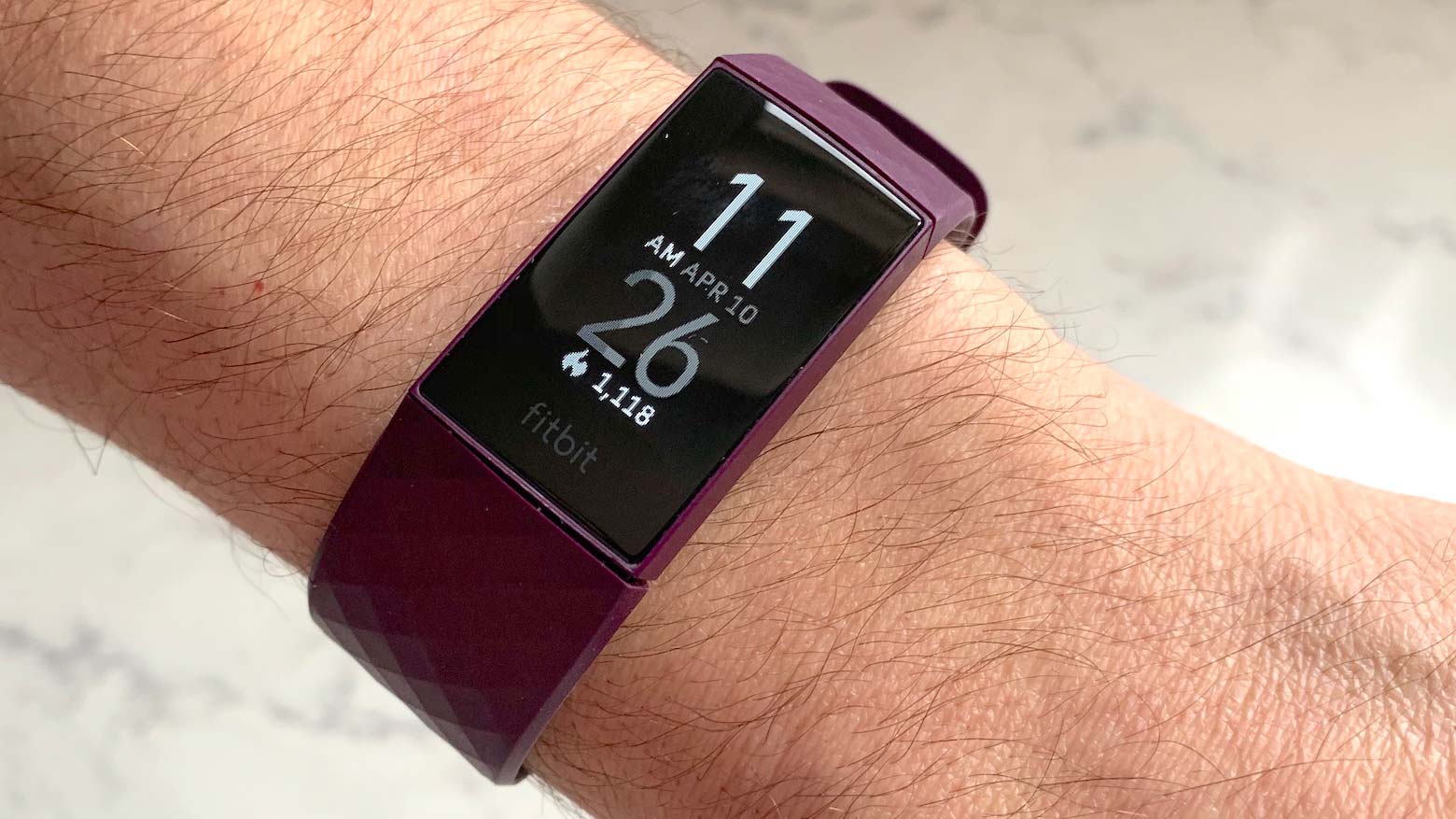

The Fitbit Charge 4 is our top pick among the best fitness trackers and fitness watches because it introduces the key feature we missed on the Charge 4: GPS. The Charge 4 sync with a smartphone to show you a map of your runs, hikes and other outdoor activities. You’ll also see data for pace, elevation, heart rate zones, and calories burned. Even better, the app overlays this information along your route, so you can see what parts of your venture made you huff and puff.
The Charge 4 uses an SpO2 pulse oximeter sensor to better help you understand sleeping patterns, too. Plus the Charge 4 is the first of Fitbit’s fitness trackers to have contactless Fitbit Pay capabilities. If you’re looking for a well-rounded wearable with a broad collection of features, this is the one to get. Our Apple Watch Series 3 vs. Fitbit Charge 4 and Fitbit Versa 2 vs. Fitbit Charge 4 face-offs also details the benefits you’ll get with a traditional fitness tracker over a smartwatch.
Read our full Fitbit Charge 4 review.

The Fitbit Sense is the company’s top-shelf smartwatch that comes with more advanced health and wellness features that the Versa line. Not only does it have an FDA-approved ECG sensor and blood oxygen reading, but the Sense has the ability to measure electrodermal activity and skin temperature, too.
As one of the best fitness trackers, the Sense works with both iOS and Android, and comes with on-board GPS, a native app store, Alexa and more. No longer is Fitbit just a brand with products for tracking our steps: Fitbit devices like the Fitbit Sense make for excellent smartwatches, too.
Read our full Fitbit Sense review.
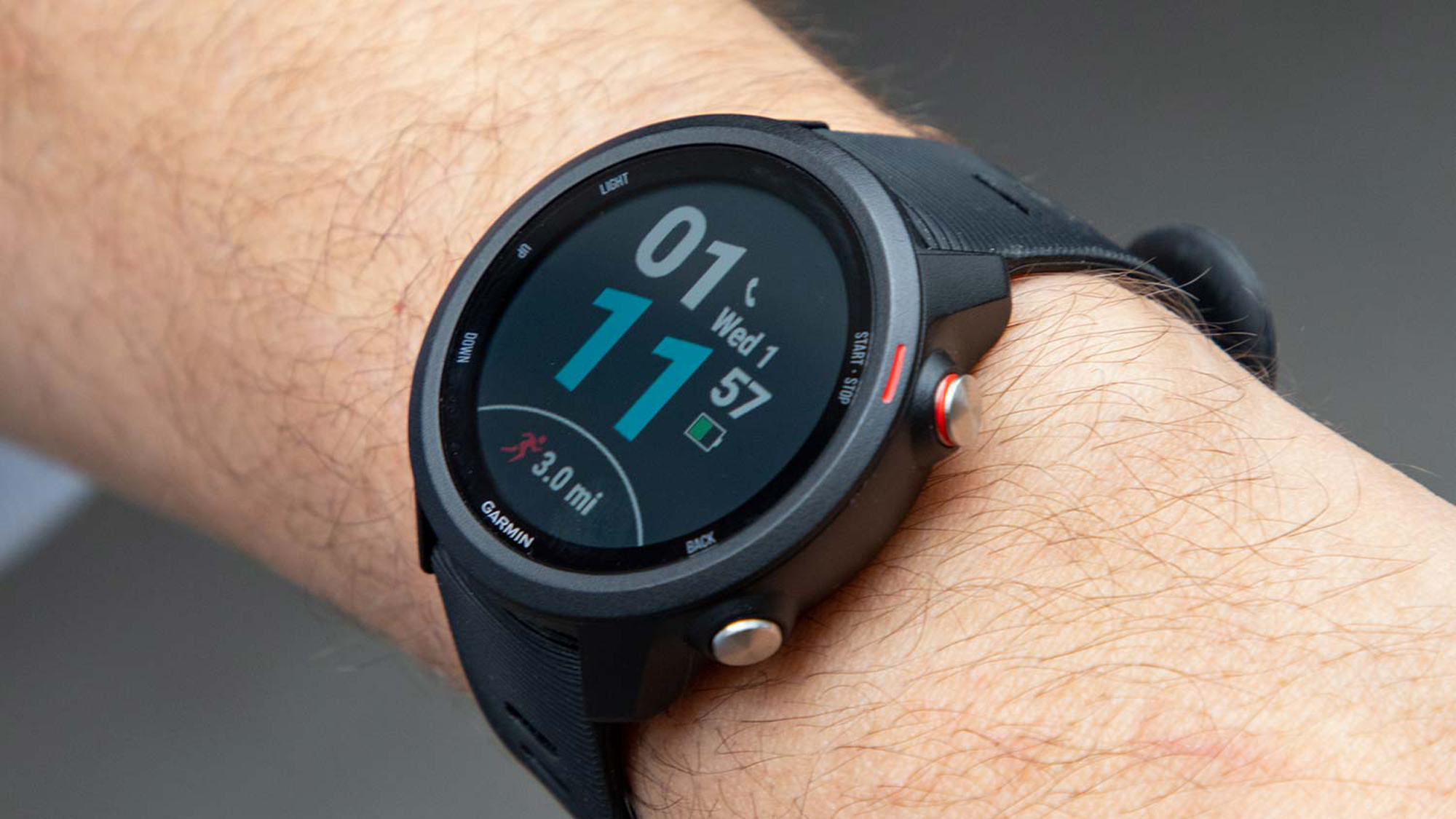
Garmin makes the best sports watches you can buy, and the Forerunner 245 is one of our favorites. There aren’t a lot of bells and whistles, but this running watch is small and light with built-in GPS and a colorful screen that’s easy to see in bright sunlight.
Even better is that the Forerunner 245 has onboard music storage, so you don’t need to carry a smartphone with you if you want to listen to tunes while you run. The 245 also calculates your V02 max score and offers a recovery advisor to let you know how long to rest between runs. This watch also lasts for about a week of workouts on a charge, which isn’t bad for such a fully-featured GPS watch. However, Garmin’s menus, on both the watch and its app, can be a bit confusing.
Read our full Garmin Forerunner 245 review.
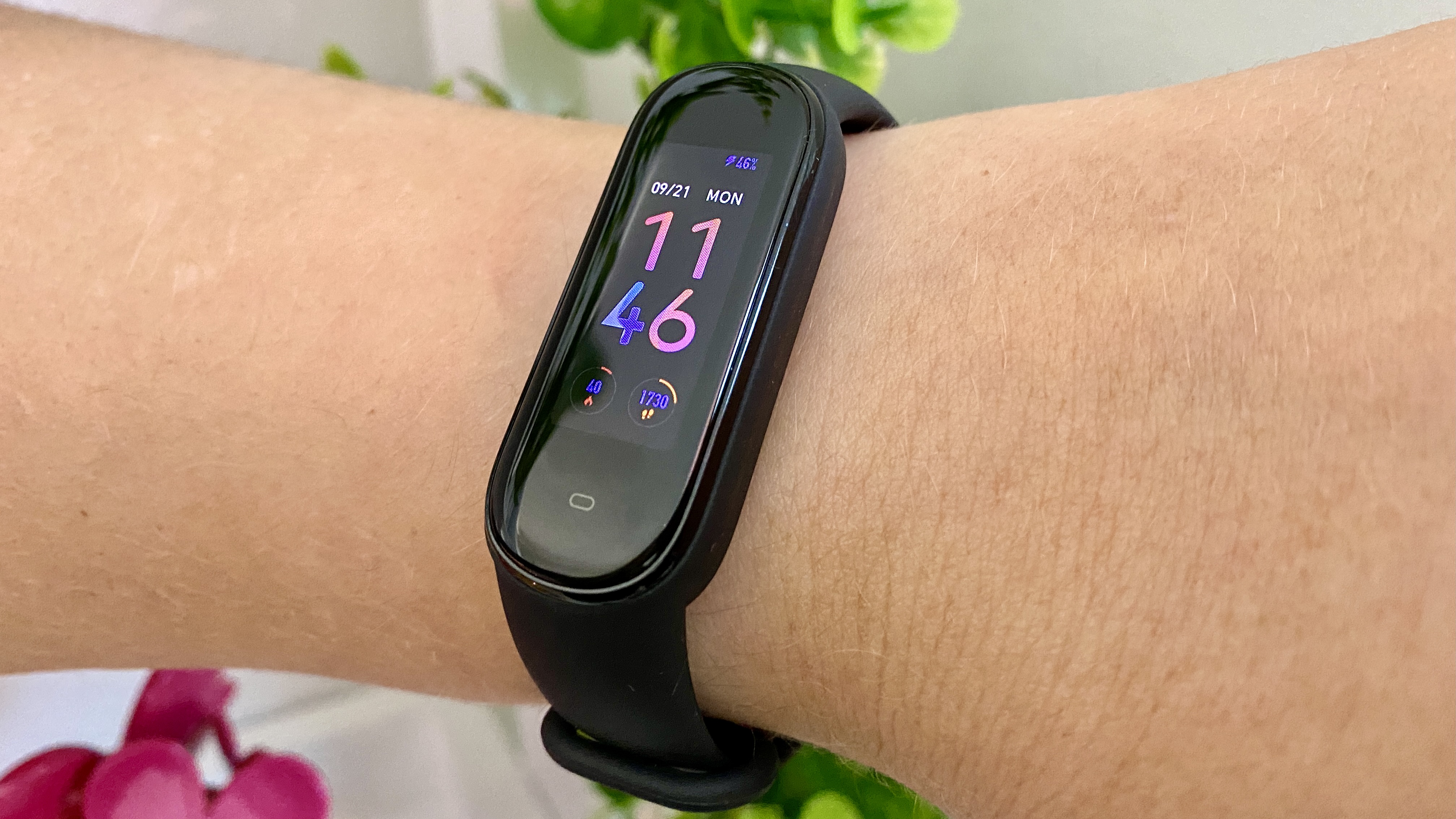
The Amazfit Band 5 is a $50 fitness tracker that promises many of the marquee features found in this year’s premium smartwatches, but at a fraction of the price. It has blood oxygen (SpO2) reading, stress monitoring, high heart rate alerts, Amazon Alexa built-in, sleep tracking and several other tools found in high-end offerings.
In our testing, the fitness and sleep tracking on the Amazfit Band 5 were good, not great, but respectable for the low cost while still offering more than other trackers of its price. Better yet, the 15-day battery life meant we didn’t need to worry about charging it all the time.
Read our full Amazfit Band 5 review.
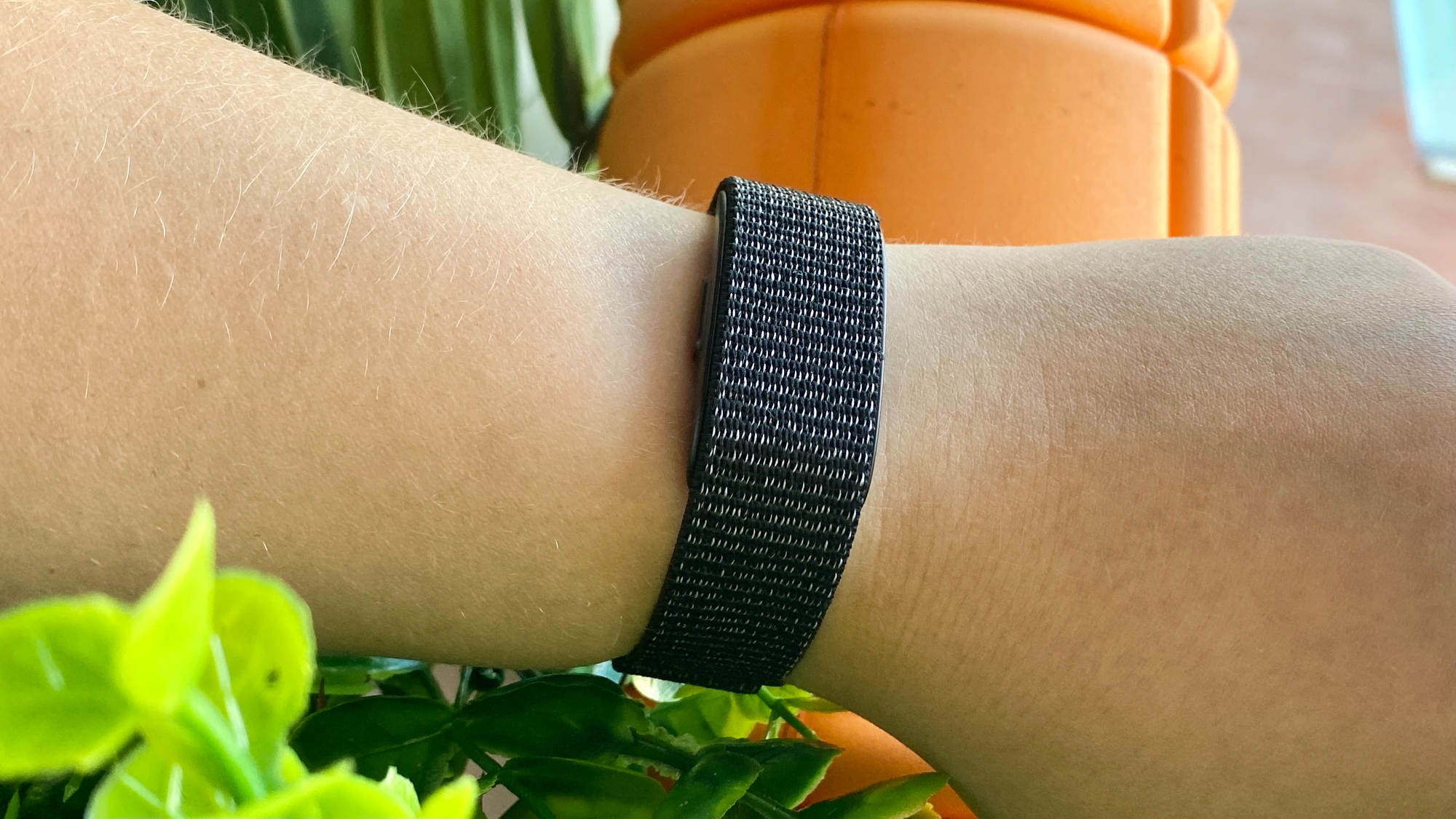
As one of the best fitness trackers, Amazon Halo is a both a $99 activity tracker and $3.99 per month service that provides a holistic catalog of health metrics and ‘labs’ for helping you reach wellness goals. Although it’s an in-brand Amazon device, Alexa is surprisingly absent. Instead, the band’s built-in mics listen to how you speak and gauge the emotions you convey based on your tone. You can see how you sound to others, plus how well you sleep and how many activity points you’re banking, in the connected Halo app.
The Amazon Halo app is also how you capture 3D scans of your body which, using AI, determine your body fat percent and show you with a slider what you might look like with less fat. Plus the large library third-party labs introduce a “choose your own adventure” element to improving your overall wellness.
Read our full Amazon Halo review.
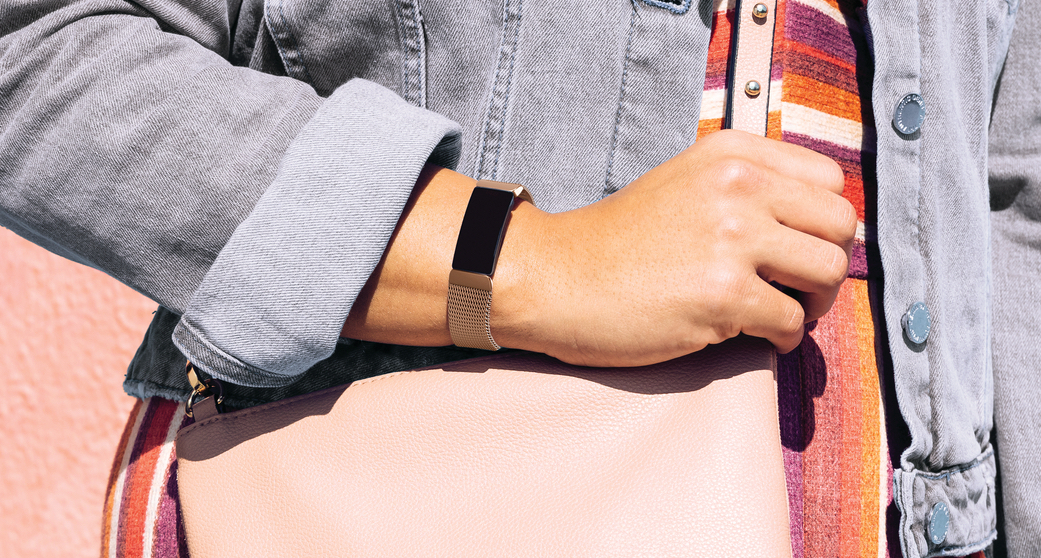
The Fitbit Inspire 2 is one of the best Fitbits for those on a budget, as well as one of the best fitness trackers overall. In essence it’s a slimmed-down, slightly stripped-down version of the Charge 3, which makes this ideal for those who are interested in tracking their steps and sleep.
Similar to the Charge 3 and Charge 4, the Inspire 2 has an OLED touchscreen display (though a bit smaller here), a heart rate monitor, smartphone notifications, swim tracking, and sleep-tracking too. One shortcoming of the Inspire HR is that it doesn’t have GPS built in, but you’re able to link it to your smartphone and use its GPS to accurately track your outdoor activities, if you so wish.
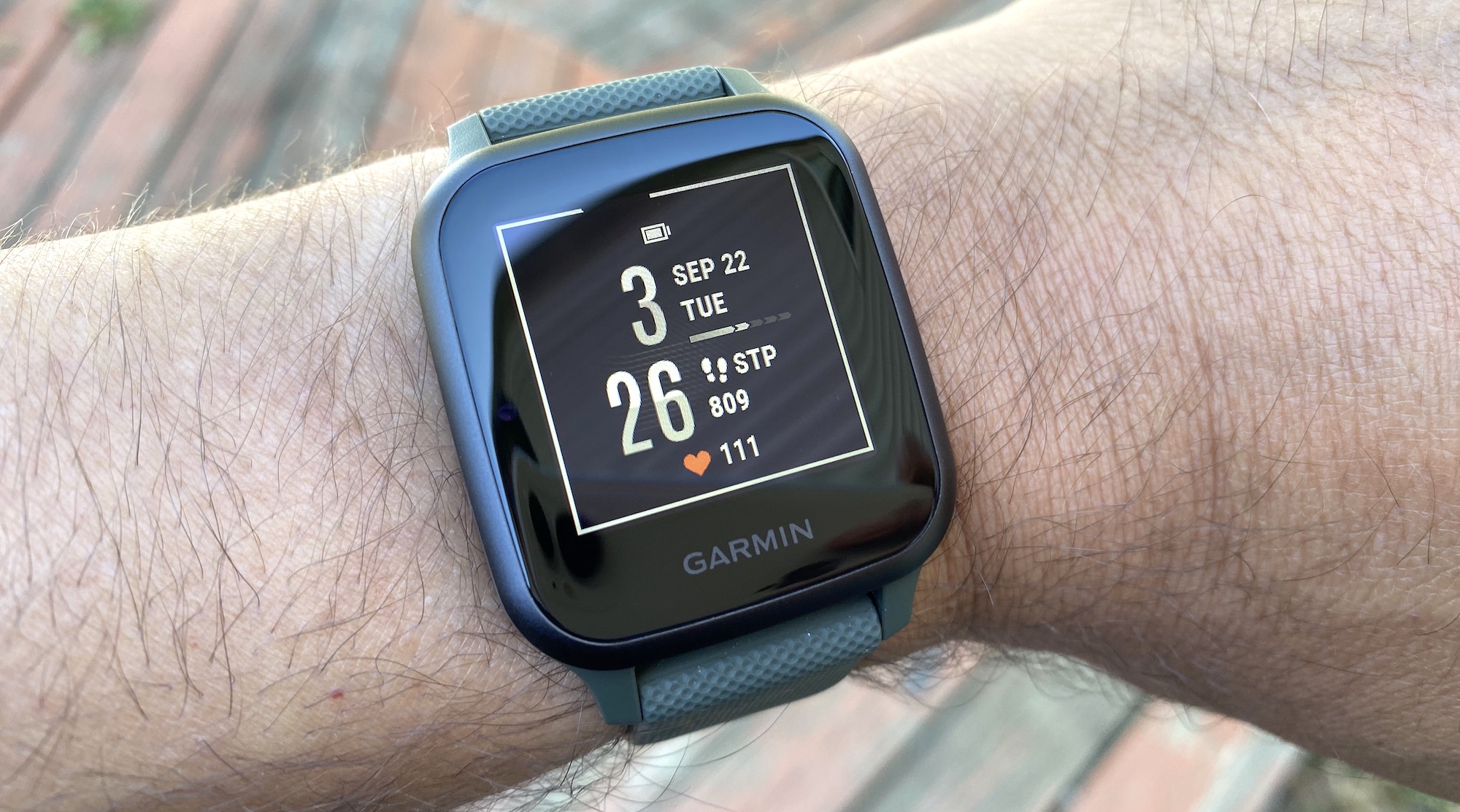
The Garmin Venu Sq has several of the features found in the $349 Garmin Venu —including GPS, blood oxygen (SpO2) readings, mobile payments and optional music storage — but at a more accessible price of $199. That’s what makes the Venu Sq one of the best fitness trackers you can get for under $200.
It might not be the most attractive watch (though the squircle shape is familiar), but it’s certainly capable. The Garmin Venu Sq has GPS, GLONASS, and Galileo satellite-tracking capabilities, as well as the ability to track a variety of gym exercises. It’s a good hybrid choice for people who workout both outdoors and indoors.
Read our full Garmin Venu Sq review.
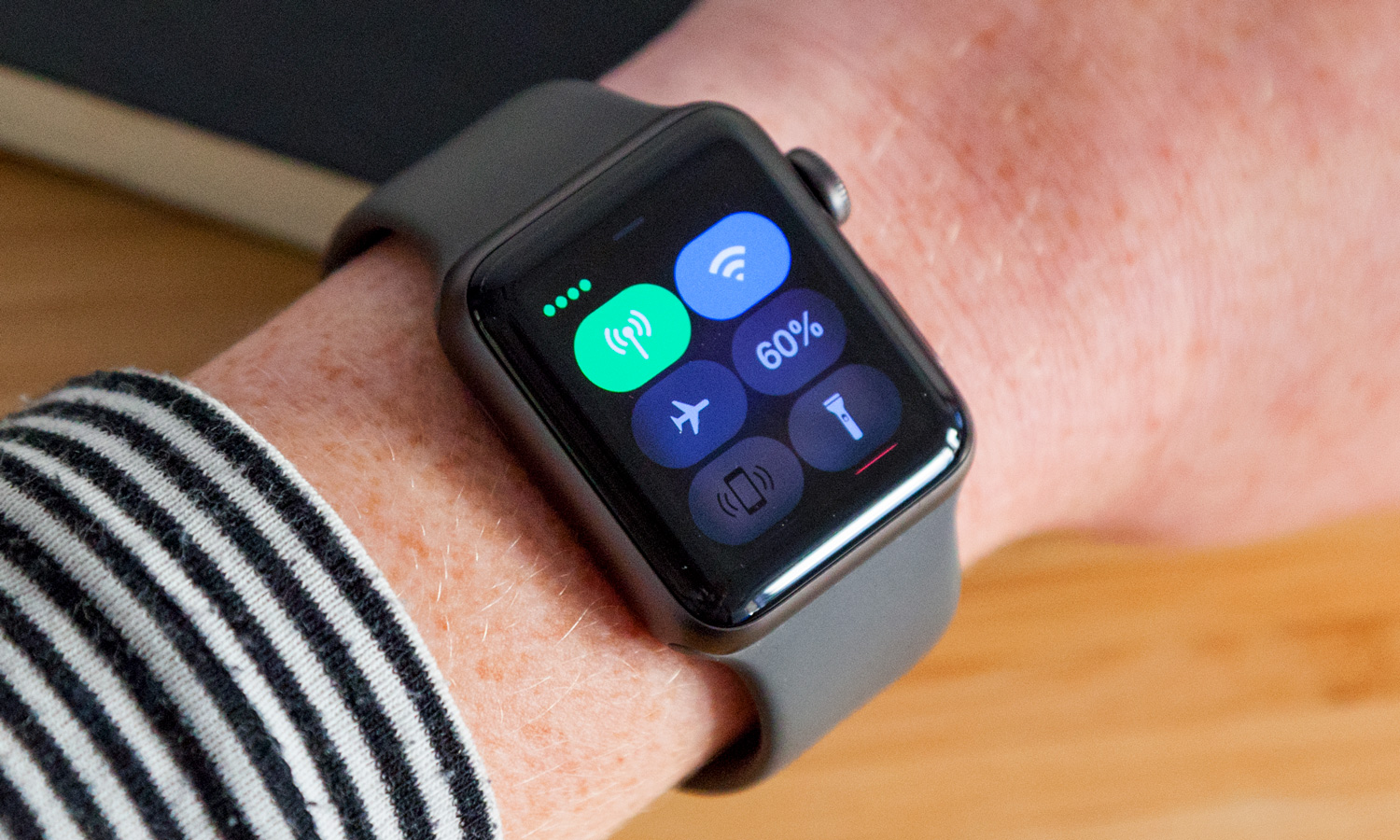
The Apple Watch Series 3 with GPS isn’t the newest Apple Watch, but it’s the best fitness tracker and best fitness watch for iPhone users. It’s more affordable than the Series 5 (our top pick among the best smartwatches) and still has all the great fitness-tracking features baked into watchOS 6. You can track a variety of workouts, including open-water swims and laps in the pool, hiking, yoga and basics like running and cycling.
The Apple Watch Series 3 detects when you start a workout and gives you retroactive credit for the time you missed. If you want a fully featured smartwatch that lets you leave your phone at home while at the gym or out for a run, the Series 3 with GPS is the one to buy. The one caveat is that its battery life is just one day, and even less if you use GPS.
Read our full Apple Watch Series 3 review.

The best fitness tracker for sleep tracking is the Fitbit Versa 3, the next-generation of the Fitbit Versa 2. The Versa 3’s standout upgrade is on-board GPS. Now, even when you leave your phone at home, the Versa can (finally) track your location during outdoor exercise. A curvier, larger display is welcome, too.
Plus the Versa 3 has gained a great motivational workout feature, Active Zone Minutes. Introduced with the Charge 4, Active Zone Minutes monitors the time you spend in the fat burn, cardio or peak heart-rate zones while exercising. Your goal is to earn the AHA’s and WHO’s recommended 150 Active Zone Minutes each week.
Read our full Fitbit Versa 3 review.
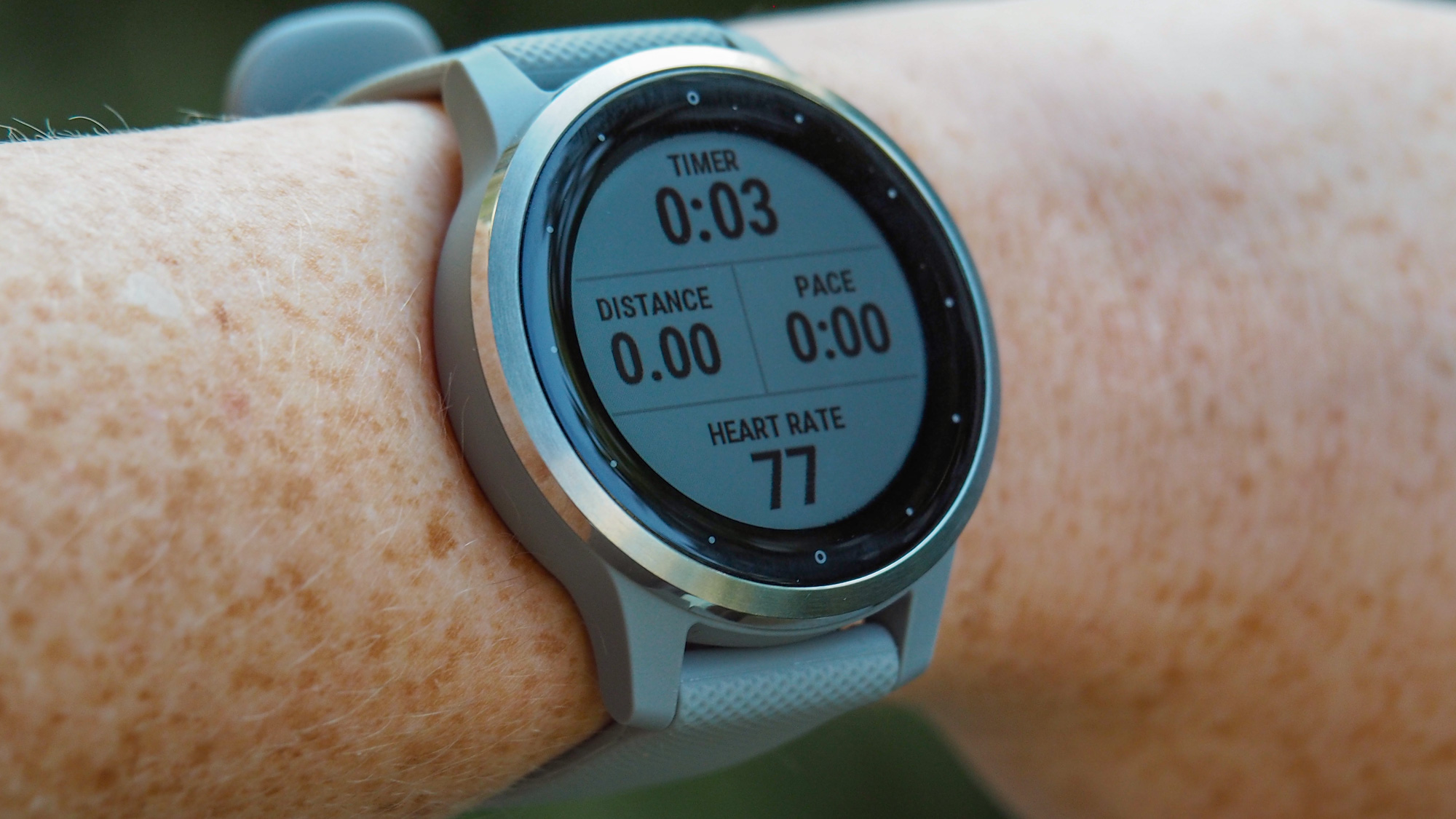
While it’s one of the most stylish fitness trackers there is, the Garmin Vivoactive 4’s attributes are more than skin deep. That’s because this device has excellent GPS, a heart rate monitor, sleep tracking, and an NFC chip so you can use it for mobile payments.
We also liked that the Vivoactive 4 has on-screen animations for workouts including yoga, Pilates, cardio and strength-training exercises. It also has respiration tracking and a pulse oximeter for tracking blood oxygen saturation levels, as well as on-board music storage. Its estimated battery life of seven days is also pretty good, but that will decrease the more you use GPS.
Read our full Garmin Vivoactive 4 review.
How to choose the best fitness tracker for you
When buying a fitness tracker, you should first evaluate your needs. What do you want to track? If you’re only using it at the gym to count your steps and your heart rate, a simpler, less expensive fitness tracker will suit you fine.
If, however, you plan to do more outdoor activities, such as running or biking, you may want a fitness tracker with built-in GPS, so you can more accurately see where you’re going, and where you went. Dedicated runners and athletes will want to check out our best GPS watches page, too.
If you plan to use the fitness tracker for swimming, you’ll want to make sure it’s not only waterproof, but that it can also track your laps in the pool.
Many of the best smartwatches have fitness-tracking capabilities, too, and have additional features such as responding to text messages and paying for purchases. But there are trade-offs. However, smartwatches as a whole tend to be more expensive and have shorter battery life than dedicated fitness trackers.
How we test the best fitness trackers
For each new fitness tracker, we evaluate its hardware design and comfort; you need to be able to wear the device all day, and we’ve found that some larger trackers don’t fit well on smaller wrists. If the device has a touchscreen, we look to see how readable it is, especially in bright sunlight. We also examine how easy it is to navigate the fitness trackers’ menus; you don’t want to have to dig through multiple screens to change your music if you’re out running.
We also evaluate features such as step counting and sleep monitoring, distance calculations and when applicable, GPS and heart rate accuracy. And, we see how well a manufacturer’s battery life claims hold up in real-world testing.
Finally, we test how well a device pairs with its companion app, and evaluate the experience of using the two together. We also look to see what features the device’s app supports, such as coaching and diet tracking, and if it can sync data with third-party apps, such as MyFitnessPal.
Get healthy and in shape with our other fitness guides:
Best treadmills | Best exercise bikes | Best adjustable dumbbells | Best home gym equipment | Best yoga mats | Best workout apps | Best running apps | Best sports watches | Best smartwatches | Best smart scales



/assets/images/provider/photos/2672875.jpg)

More Stories
10 Ways Your Brain Changes Drastically As You Age • Wellness Captain
8 Ways to Rock Your Holiday Leftovers
Difference Between Kidney Stone and Gallstone